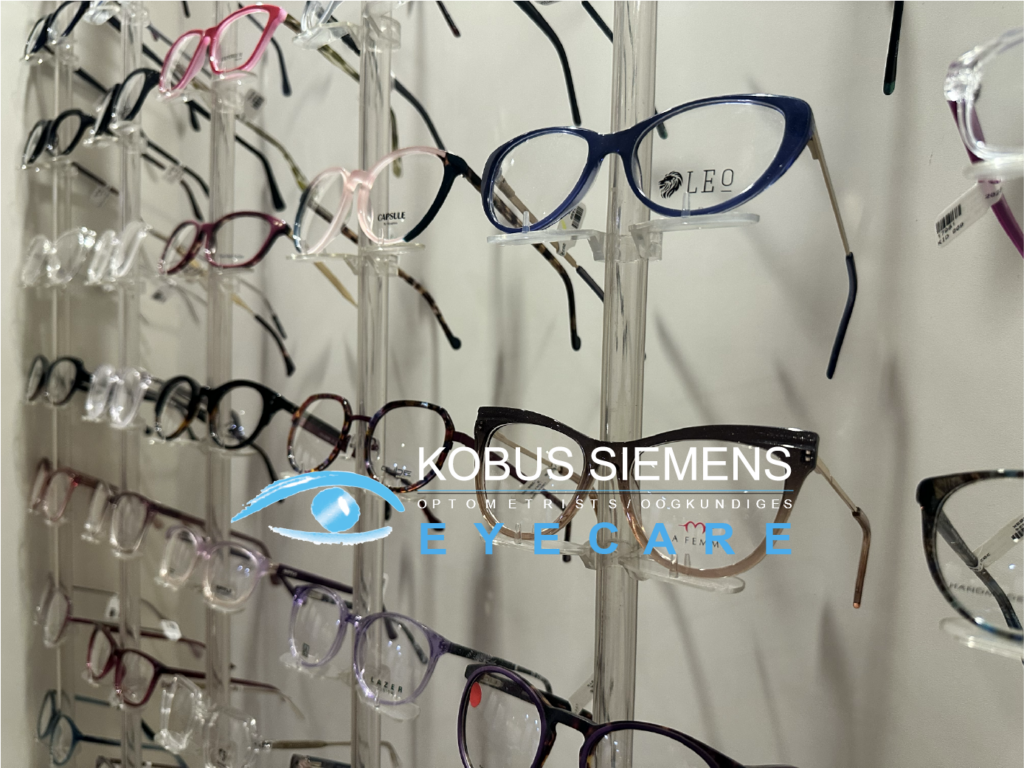World Diabetes Day serves as a platform to heighten awareness about diabetes.
World Diabetes Day serves as a platform to heighten awareness about diabetes as a pervasive global public health concern. It encourages collective and individual efforts to enhance prevention, diagnosis, and management of this condition.
This year, on World Diabetes Day, the World Health Organisation aims to underscore the importance of ensuring equitable access to essential care. Emphasis will be placed on enlightening people with diabetes about methods to mitigate the risk of complications. The day’s activities will also commemorate the journeys of individuals facing various forms of diabetes, inspiring them to take proactive measures, including seeking and securing essential care.
While Type 1 diabetes remains unavoidable, adopting a healthy lifestyle—marked by a balanced diet, regular physical activity, maintaining a normal body weight, and steering clear of tobacco use—can often prevent Type 2 diabetes.
Diabetes, a leading cause of blindness, kidney failure, heart attacks, strokes, and lower limb amputations, is manageable with timely screening and treatment to avert or delay complications.
Individuals with diabetes should prioritize regular screenings for early detection of complications, including kidney disease, routine eye examinations, and foot assessments.
Smoking cessation significantly diminishes the risk of developing Type 2 diabetes by 30-40%.
Diabetes is linked to nearly double the risk of tuberculosis (TB), with an increased likelihood of multidrug-resistant TB. Those with both TB and diabetes face elevated mortality during TB treatment and a heightened risk of TB relapse post-treatment completion.
Unfortunately, only around 50% of individuals with Type 2 diabetes receive the necessary insulin, often due to financial constraints within their respective healthcare systems.
Check your vision with the WHOeyes app:

VISIT US FOR A COMPREHENSIVE EYE EXAMINATION
Individuals with diabetes should prioritiSe regular screenings for early detection of complications, including kidney disease, routine eye examinations, and foot assessments.
https://youtu.be/a_nHFH745cc?si=jEOmic-AsG7kq9jY
The World Health Organization (WHO) is a specialised agency of the United Nations responsible for international public health. Established on April 7, 1948, its headquarters is located in Geneva, Switzerland. The WHO operates as a global authority on health-related issues and works towards promoting and coordinating international efforts to improve health, prevent diseases, and address public health challenges.
Key functions of the World Health Organization include:
Setting International Health Standards
The WHO establishes international norms and standards for health, covering areas such as disease control, healthcare systems, and health policies.
Providing Technical Assistance
WHO offers technical assistance and expertise to countries in various health-related areas, supporting them in building and strengthening their health systems.
Health Research and Information
The organisation conducts and supports research to enhance understanding of global health issues. It also serves as a repository of health-related data and information.
Emergency Response
The WHO plays a crucial role in responding to health emergencies and outbreaks, providing coordination and assistance during crises such as epidemics and natural disasters.
Health Promotion and Advocacy
WHO promotes public health globally by advocating for policies and initiatives that address major health challenges, including communicable diseases, non-communicable diseases, and mental health.
Capacity Building
The organisation works to strengthen the capacity of countries to handle health challenges by providing training, technical assistance, and resources.
Collaboration with Partners
WHO collaborates with various international partners, governmental and non-governmental organisations, and other UN agencies to achieve its goals and improve global health.
What is WHOeyes?
WHOeyes is a free, user-friendly mobile application designed for the general population. The app performs near and distance visual acuity checks using a tumbling E chart, transcending language barriers. Additionally, WHOeyes delivers educational messages to empower individuals in safeguarding their eye health. Compatible with both iOS and Android operating systems, the app can be installed on various mobile devices, including smartphones and tablets. Available in the six official UN languages—Arabic, Chinese, English, French, Russian, and Spanish—WHOeyes is suitable for individuals aged 8 and above. It’s important to note that while this test can assess central visual acuity, it is not adept at detecting peripheral visual defects.
What is visual acuity?
Visual acuity stands as the prevalent evaluation of visual function, representing a straightforward and non-intrusive measure pivotal for identifying the existence of vision impairment. This assessment involves gauging an individual’s capacity to clearly identify or discern objects or letters at a specified distance.
Why should I assess my visual acuity?
A significant number of individuals experiencing vision impairment may not be cognizant of it. Regular visual checks play a crucial role in early detection, enabling prompt action to be taken, ensuring the continued enjoyment of clear sight.

How does WHOeyes operate? WHOeyes functions on the principles employed by eye care professionals when assessing vision using a traditional chart in a clinical environment.
The app displays the letter E in various sizes and orientations. Your task is to identify the direction in which the open end of the E is facing. If your response is accurate, the size of the letter E will progressively diminish, increasing the difficulty of the test, mirroring the experience of moving down lines on a standard chart.
To ensure precise results, it is crucial to test your vision at the correct distance. The iOS version of WHOeyes incorporates automated distance calculation technology, ensuring the accurate measurement of the distance between the screen and the person being tested for both distance vision (2m) and near vision (40cm). For the Android version, the tester must manually ensure the correct distance between the screen and the person being tested.

